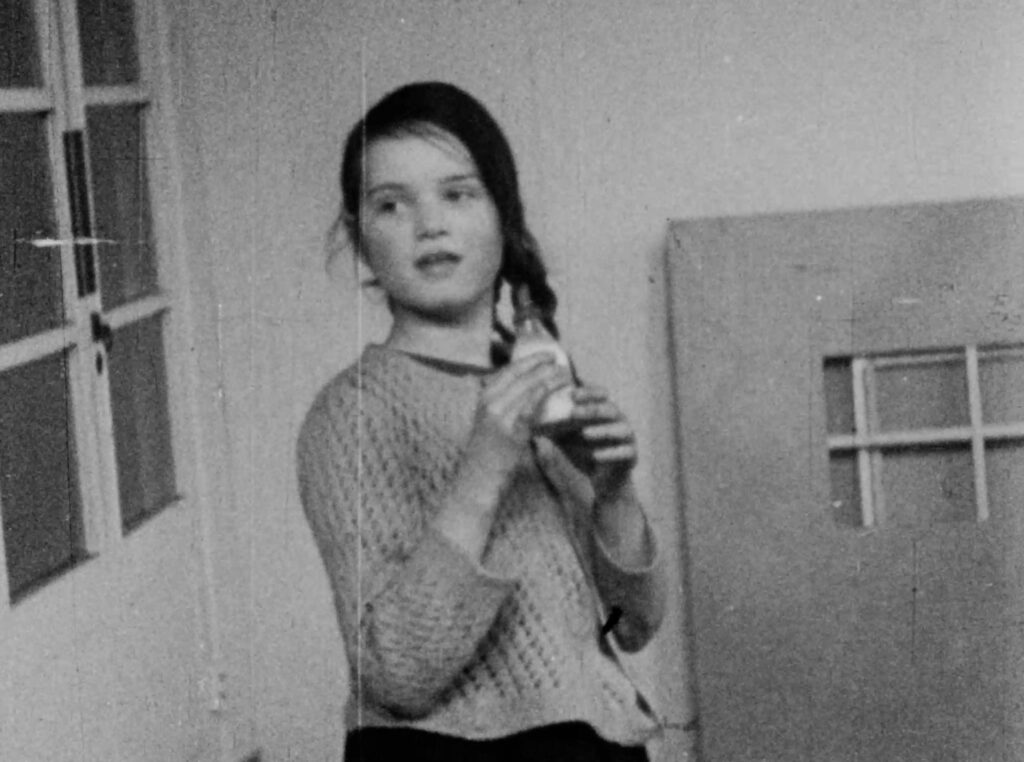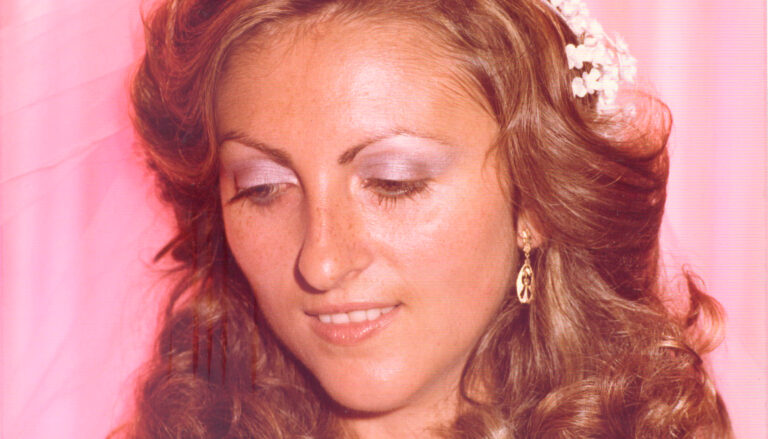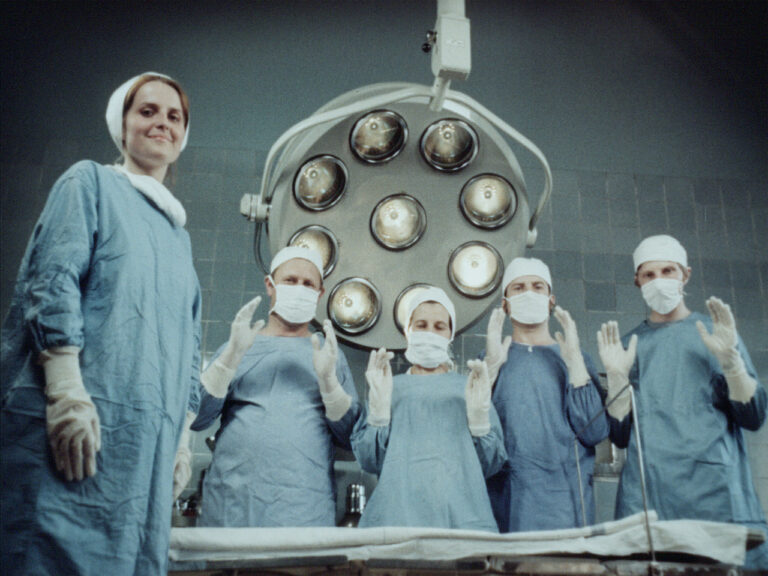
A film shot in 1957 in at the Maudsley Hospital, London, captures the movements and behaviour of children under observation for atypical behaviour. In the present day, three autistic respondents watch the footage, bringing new insightful interpretations of the children’s behaviour as they explore the sparse environment of the clinic. Through speculation and identification, with wit and audacity, the responses forge a new soundtrack from an autistic point of view. As the film evolves, it takes on the rhythms and repetitions of the children’s activities, becoming a playful homage to the body language of autism.
«In the research for this video essay, Professor Janet Harbord asks how films made in clinical settings have contributed to how autism has been medically imagined and defined across the past seventy years. With many of these films locked behind restricted access in archives, their historical significance is often overlooked. Others have found a presence online on medical film channels but here the viewers are invited to survey the strange and freakish world of clinical filming in the past. Here, Harbord takes one such clinical film and works in collaboration with autistic respondents to reframe the footage from an autistic perspective.
The original film was created by child psychiatrist Elwyn James Anthony in the children’s unit at Maudsley Hospital in 1957. Anthony uses the footage as a method to help define diagnostic categories through his observations of the behaviour of the children. The film is not only about autism but other ‘conditions’ that were, at the time, grouped under the heading of ‘psychosis’.
The task of interpreting the behaviour of these children now fell to the autistic respondents, who brought their own experiences to bear on the footage. For the three respondents Ash Loydon, Sophie Broadgate, and Ethan Lyon, the movements and gestures of the children are reconsidered and become expressions of pleasure and discomfort, as well as necessary self-stimulations and divergent communications.
The recording process took place in a podcast studio in Soho, London in May 2023, with each respondent recorded separately. After transcription, a rich and varied voice track was created, which was reapplied to the edited footage. Certain sections of the film were looped and repeated to help the viewer dwell within the reactions to particular movements. Thus the film self-stimulates itself in an autistic pattern of repetition and echo.»
– Janet Harbord
Information
Country
United KingdomYear
2024Length
18'4"
Category
DocumentaryOrigin of archival materials
Films shot by child psychiatrist Elwyn James Anthony in 1957.Original language of the film
IngleseEditing
Sasha LitvinesevaMusic
Tom FisherSound
Tom FisherProduction
Whalebone FilmsDirector’s biography
Janet Harbord writes and essays on film archaeology and the hidden histories of cinema. She teaches film philosophy at the Centre for Film and Ethics at Queen Mary University of London and is the author of Ex-centric Cinema (2016), Chris Marker: La Jetee (2009), and The Evolution of Film (2007).





